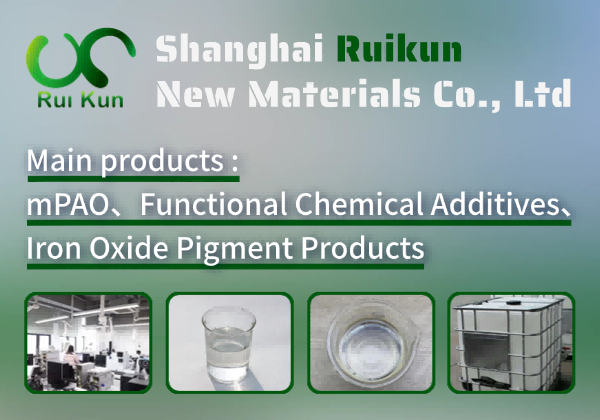What is TEA terephthalate
**Introduction to TEA Terephthalate** TEA (Triethanolamine) terephthalate is a specialized organic compound formed by the reaction of triethanolamine with terephthalic acid. It serves as a key intermediate in the production of high-performance polymers, coatings, and adhesives, offering excellent thermal stability and mechanical strength. Due to its unique chemical structure, TEA terephthalate enhances the durability and flexibility of materials, making it valuable in industries such as automotive, textiles, and electronics. Additionally, its compatibility with other polymers allows for innovative applications in sustainable and recyclable materials. With growing demand for advanced functional materials, TEA terephthalate plays a crucial role in developing eco-friendly and high-performance industrial solutions.
Preparation Process: To prepare TEA terephthalate, dissolve terephthalic acid (1 mol) in excess triethanolamine (TEA, 3 mol) at 80–100°C with stirring. Maintain the temperature for 2–4 hours to ensure complete esterification, monitored by FTIR or titration for acid value reduction. Optionally, use a catalyst like p-toluenesulfonic acid (0.5–1 wt%) to accelerate the reaction. Remove water byproduct via vacuum distillation or azeotropic drying. Cool the mixture, then purify by recrystallization from ethanol or acetone. Filter and dry the product under vacuum at 60°C to obtain TEA terephthalate as a white crystalline solid.
Usage Scenarios: TEA terephthalate (triethanolamine terephthalate) is primarily used as a flame retardant and smoke suppressant in polymers, particularly in polyurethane foams, PVC, and epoxy resins. It enhances fire resistance by promoting char formation and reducing flammable gas release during combustion. Additionally, it acts as a plasticizer and stabilizer, improving material flexibility and thermal stability. In textiles, it provides flame-retardant properties to fabrics. The compound is also utilized in coatings and adhesives to enhance fire safety. Its low toxicity and compatibility with various polymers make it a preferred additive in construction materials, automotive components, and electronics for meeting stringent fire safety standards.
TEA terephthalate Basic Info
TEA terephthalate Price
1. **United States**: $1,500 - $2,500 per ton
2. **China**: $1,200 - $2,000 per ton
3. **Russia**: $1,400 - $2,200 per ton
4. **Germany**: $1,600 - $2,600 per ton
5. **India**: $1,100 - $1,900 per ton
6. **Japan**: $1,700 - $2,700 per ton
7. **Brazil**: $1,300 - $2,100 per ton
8. **South Korea**: $1,500 - $2,400 per ton
9. **Philippines**: No results
10. **United Kingdom**: $1,600 - $2,500 per ton
11. **France**: $1,600 - $2,600 per ton
12. **Mexico**: $1,300 - $2,100 per ton
13. **Canada**: $1,500 - $2,500 per ton
14. **South Africa**: $1,400 - $2,200 per ton
15. **Egypt**: No results
16. **Turkey**: $1,300 - $2,100 per ton
17. **Thailand**: $1,200 - $2,000 per ton
18. **Indonesia**: $1,200 - $1,900 per ton
These ranges are based on general market trends and may not reflect real-time pricing. For accurate pricing, consult local suppliers or market reports.



